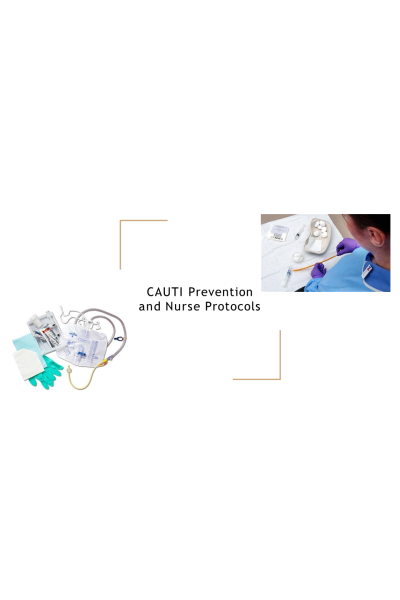Group Presentation - CAUTI Prevention and Nurse Protocols
-
$20.00
| Institution | Chamberlain |
| Contributor | Misty |
Assist with the nurse profession
-Megan
- This type of infection can affect patient outcomes significantly, whether they are inserted for the short term or the long term. Fever, bacteremia, acute pyelonephritis, and mortality are consequences in short-term catheterized patients. Chronic pyelonephritis, catheter blockage, local periurinary infections, urinary tract stones, chronic renal inflammation, and, over time, bladder cancer are all risks for individuals with long- term catheters.
- When bacteria enter and contaminate the urinary system through the urine catheter, CAUTIs happen. After insertion, if the drainage sack is not adequately emptied, insufficient cleaning, contamination from a bowel movement and urine from the catheter bag flowing backward into the bladder are all scenarios where this might occur. Therefore, nursing processes and protocols must be geared toward solving these issues. Additionally, lengthy urinary catheter usage is the leading risk factor for getting a catheter-associated UTI (CAUTI). Therefore, nursing processes that can be employed include policies such as that catheters should only be used for the appropriate. These protocols and practices must be comprehensive to effectively answer the question and help solve the issue in the long term……….. Continue
| Instituition / Term | |
| Term | Uploaded 2023 |
| Institution | Chamberlain |
| Contributor | Misty |

















































